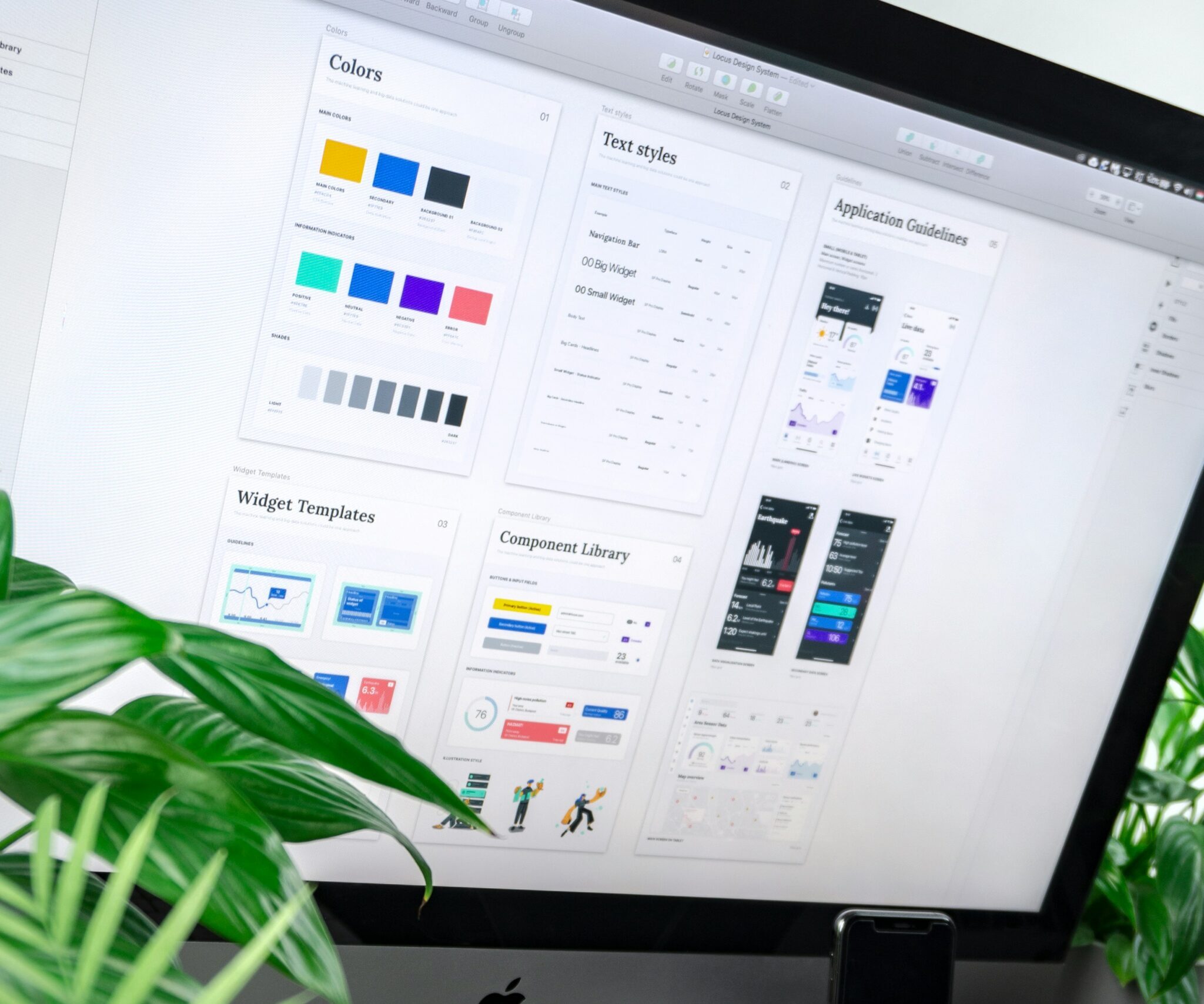How to Design a Memorable Logo That Reflects Your Brand’s Personality
Create a logo that captures your brand’s essence! Learn how to design a memorable, unique logo that reflects your brand’s personality and leaves a lasting impression.
1. Understand Your Brand Identity
Before you start designing, you need a deep understanding of your brand’s mission, values, target audience, and personality. Ask yourself:
What message do you want your logo to convey?
Who is your ideal customer?
What emotions should your logo evoke?
A well-defined brand identity helps you create a logo that aligns with your overall business strategy. For example, a tech company focused on innovation might go for a sleek, minimalist design, while a children’s brand might choose playful, colorful elements.
2. Choose the Right Logo Style
Logos come in various styles, and the right one depends on your brand’s personality and industry:
Wordmarks (Text Logos): Great for brands with unique, memorable names, like Google or Coca-Cola. A distinctive font can make the name itself a visual identity.
Lettermarks: Ideal for brands with long names, using initials to simplify, like HBO or NASA.
Pictorial Marks: Icon-based logos that visually represent your brand, like Apple’s apple or Twitter’s bird.
Abstract Marks: Unique symbols that convey an idea or feeling without being a literal representation.
Combination Marks: Text and symbol combined for versatility, like Adidas or Lacoste.
Emblems: Traditional, badge-like logos often used by established brands like Harley-Davidson or Starbucks.
Each style has its strengths, so choose one that best tells your brand’s story.
3. Select a Color Palette That Represents Your Brand
Colors evoke emotions and play a crucial role in brand perception. Understanding color psychology can help you make the right choices:
Red: Energy, passion, and excitement — often used by food brands like Coca-Cola and fast-paced companies like Netflix.
Blue: Trust, professionalism, and calm — favored by finance and tech companies like Facebook and PayPal.
Yellow: Optimism, warmth, and creativity — seen in brands like McDonald’s and Snapchat.
Green: Growth, health, and tranquility — often used by eco-friendly and wellness brands.
Black: Elegance, sophistication, and power — seen in luxury brands like Chanel and Nike.
Choose colors that align with your brand’s personality and appeal to your target audience. Also, consider how your colors will look on various backgrounds and in different formats.
4. Pick the Right Typography
Your font choice speaks volumes about your brand and sets the tone for your visual identity:
Serif Fonts: Traditional, reliable, and professional — used by brands like Time and Vogue.
Sans-serif Fonts: Modern, clean, and approachable — seen in brands like Google and Spotify.
Script Fonts: Elegant, creative, and sophisticated — often used by boutique brands.
Display Fonts: Bold, unique, and attention-grabbing — perfect for innovative and creative brands.
Ensure your typography is legible and aligns with your overall brand vibe. Avoid overly decorative fonts unless they truly represent your brand’s personality.
5. Incorporate Meaningful Symbols and Icons
A well-designed logo often includes symbols that reflect the essence of the brand. Think of Amazon’s arrow, which represents both a smile and the company’s ability to deliver everything from A to Z. Choose symbols that add depth and context to your logo without making it too complex.
6. Keep It Simple and Versatile
A memorable logo is simple and adaptable across different platforms and sizes. Avoid overly complex designs and ensure your logo looks great in:
Black and white
Different background colors
Small and large sizes
Digital and print formats
Simplicity ensures your logo remains recognizable and effective no matter where it appears.
7. Make It Timeless
Trendy designs can quickly become outdated. Focus on creating a logo that will remain relevant and recognizable for years to come. Think of timeless logos like Nike’s swoosh or Apple’s minimalist apple — both have stood the test of time.
8. Test and Get Feedback
Once you have a few logo concepts, gather feedback from your team, stakeholders, and target audience. Ensure the design resonates and clearly reflects your brand’s personality.
Ask for first impressions: Does the logo convey the right message?
Check memorability: Is it easy to recall after a quick glance?
Test versatility: Does it work across different mediums and scales?
Refine your design based on constructive feedback to ensure it’s as effective as possible.
Conclusion
Designing a memorable logo takes creativity, strategy, and a deep understanding of your brand. By following these steps, you’ll create a logo that not only stands out but also communicates your brand’s identity effectively. Remember, your logo is more than just a symbol — it’s the foundation of your visual identity and a key element in building brand recognition.





